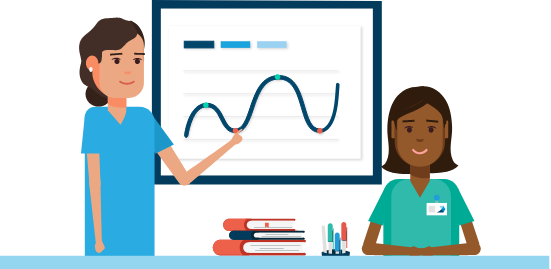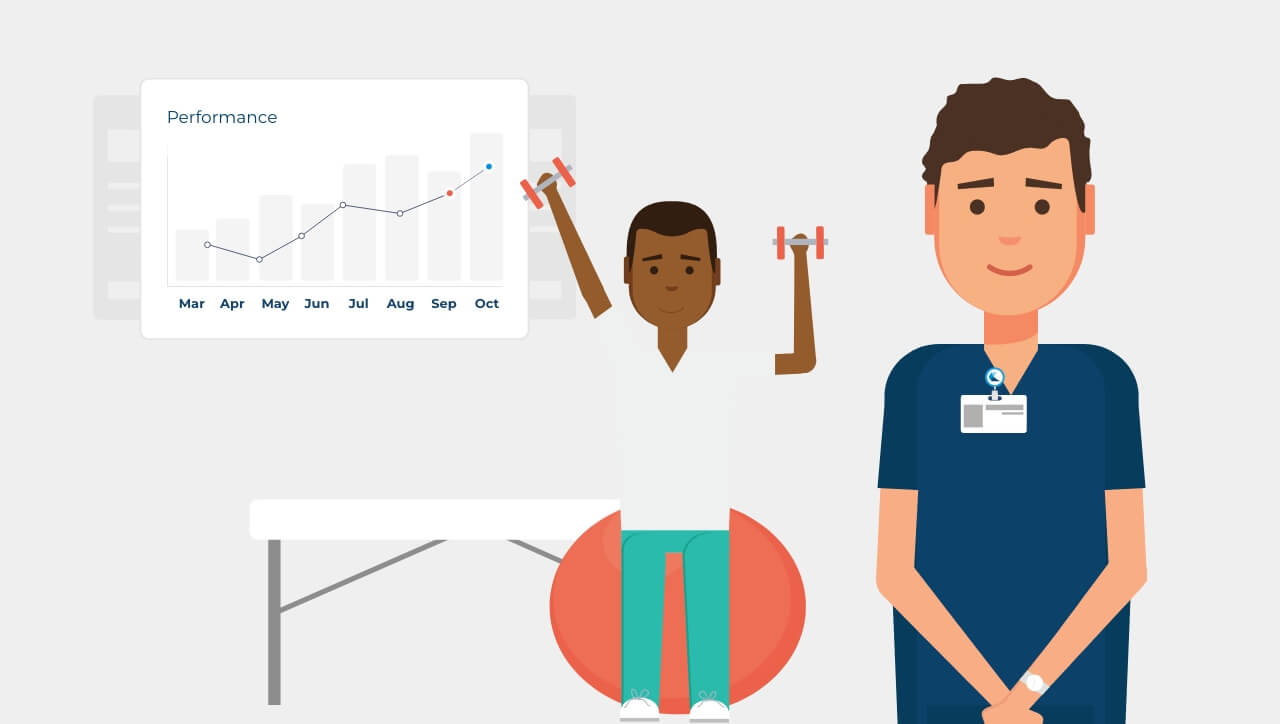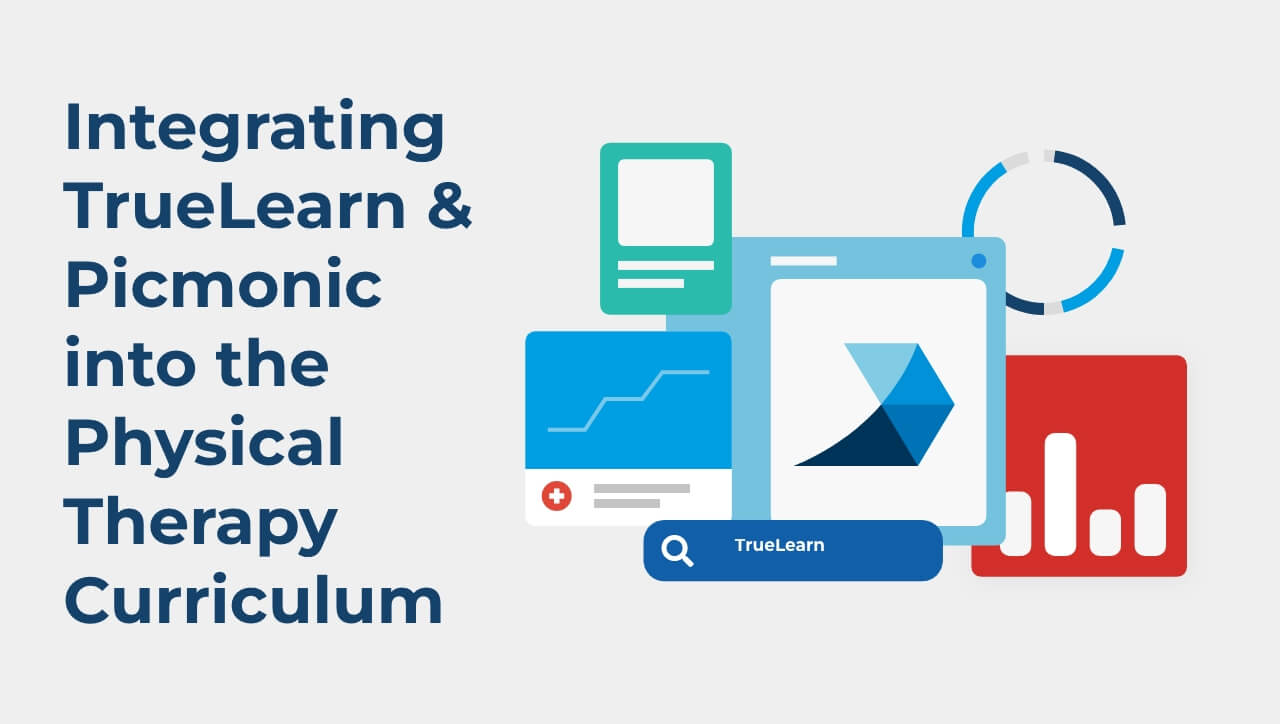The Importance of Self-Reflection in PT Learning and Practice—What The Literature Says
As it is an essential skill for delivering high-quality PT services, self-reflection—a process of introspection whereby individuals critically examine their thoughts, actions, and outcomes to gain insight and enhance future performance—is emphasized in PT learning and clinical practice. It can take on various forms in PT but is largely divided into two types: reflection-in-action (thinking during the activity), and reflection-on-action (thinking after the activity). The known benefits of reflective practices include enhanced clinical reasoning, improved therapeutic outcomes, and lifelong learning.
However, despite its importance, the concept of self-reflection is rarely or inconsistently defined within the PT profession, while the available literature is often ambiguous. This has led to confusion and misapplication in didactics and clinical settings.
How does this impact PT programs, faculty, and students?
For more ways to help your PT students develop self-reflection, download our Educator Guide: How Educators Can Foster Self-Reflection in Healthcare Learning—and Empower Learners to Become Successful Practitioners

Defining Self-Reflection in PT: A Scoping Review
To map the literature on self-reflection in PT and identify gaps, a scoping review analyzed 46 articles—including research studies, field articles, editorials, and a review article—that were published between 1992 and 2017.1
The analysis looked into five themes surrounding reflective practices in PT and surfaced these results:
Terminology
The review identified 10 different terms on reflection and reflective practices and found significant variability between them. Terms like “self-reflection,” “reflective practice,” and “critical reflection” were used interchangeably without clear definitions, hampering the establishment of standardized expectations and making it difficult to teach, evaluate, and integrate self-reflection effectively.
Methodology
Written reflections were the most commonly reported form of reflective practice, and include blogging, journaling, written summaries, field notes, online discussion boards, and diaries. Other methods mentioned involve using videos, case reviews, and thinking about past situations.
Theories and models
Theoretical underpinnings mostly drew on two sources: theorists of reflective practices and theoretical discipline, with many including Schön’s reflection model theory—which defines learning as not simply a matter of acquiring knowledge but a process of actively engaging with and reflecting on real-world situations.
Purpose of engaging in reflection or reflective practice
Three key contexts were revealed:
Education of students and practitioners
Out of 46 articles, 18 cited this as the reason, to guide students and novice practitioners to think about their clinical placement and understand the value of their learning. One study used reflective practices to assess the value of a course or project and to inform changes to the curriculum that would better serve students.2
Learning in clinical practice
Another 16 articles named fostering learning in clinical practice as the reason to engage in reflective practices, leading to more effective and satisfying work and understanding the value of experience in advancing clinical knowledge.
Professional growth
This was the third reason highlighted, with practitioners using reflection to think back on previous cases, identify practices that were successful or unsuccessful, and decide how to modify their practice in the future. PTs most commonly use three types of reflection:
- Effort-related Involving the therapist’s time management, attitude, motivation, and concentration
- Goal-oriented Involving anxiety, test strategies, and selecting main ideas
- Cognitive activities Involving information processing, self-testing, and study aids as themes involving reflection
Target population
Half the literature reviewed was aimed at undergraduate and graduate PT students, while others targeted a range of PT professionals including practitioners, supervisors, and faculty.
These results provide a snapshot of the use of self-reflection and reflective practices in PT. However, with only 46 articles published over 25 years, there is a substantial gap in the breadth of the literature. The lack of quantitative studies also highlights the need to study the impact of reflection on both learning and patient outcomes.
The review recommends that more literature be created, to allow PTs to explore additional modes of reflection and provide guidance on applying reflection in practice. Most importantly, reflective practices should be part of a PT practitioner’s lifelong learning and continue across the span of their careers.
What Does This Mean for PT Education?
For continuous personal and professional development, self-reflection can be integrated into PT education to train students to identify their knowledge gaps and areas for growth, leading to sustained improvements in clinical skills and professional behavior. Ultimately, self-reflection equips PT students to become lifelong learners, benefiting their long-term development and future success.
Programs and faculty can help PT students cultivate self-reflection by pairing learning science-based resources such as TrueLearn’s NPTE®-style questions, integrated with Picmonic’s audio-visual mnemonic video lessons, with self-reflection practices to:
- Get immediate, real-time feedback on performance and comprehension
- Interact meaningfully with the content (active learning), improve long-term retention and ease of recall
- Identify learning strengths and weaknesses, pinpoint areas for improvement
- Track and measure learning progress and exam readiness longitudinally
- Adjust/tailor teaching/study methods for the most effective, efficient learning
Learn more about a partnership with TrueLearn and Picmonic here.
Help your PT students achieve optimal exam performance and outcomes, read and share this blog with them, and encourage them to utilize our free Post-Assessment Self-Reflection Questionnaire!
References & Footnotes
1 Ziebart C, MacDermid JC. Reflective practice in physical therapy: A scoping review. Phys Ther. 2019;99(8):1056-1068 doi:10.1093/ptj/pzz049.
2 Ward A, Gracey J. Reflective practice in physiotherapy curricula: a survey of UK university based professional practice coordinators. Med Teach. 2006;28(1):e32-e39. doi:10.1080/01421590600568512
*NPTE® is a trademark of the Federation of State Boards of Physical Therapy (FSBPT®). This content is not endorsed or approved by the Federation of State Boards of Physical Therapy (FSBPT®).


